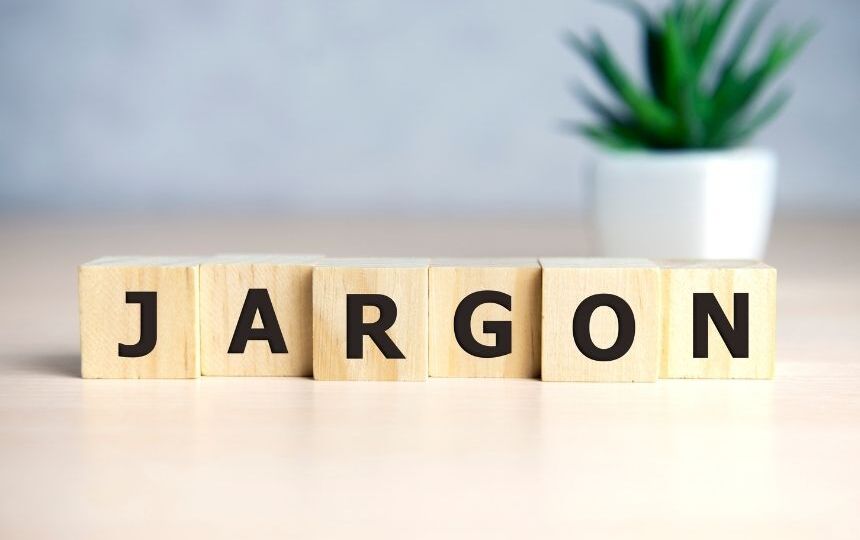
SEO is a difficult thing to understand. It’s a work of trickery, a process of unfathomable mystery and intelligence that only a select few can understand how it works… right? People would like you to think that way, but with our jargon-busting blog we prove that it isn’t. At all. So please read on in order to understand the ‘dark art’ of SEO and what it really involves.
301 Redirect – A 301 Redirect is simply sending an old link and redirecting it to your new page. So if your URL changes, having a 301 Redirect is essential in order to keep bringing in an audience to your website by bringing them to the up to date pages.
404 Error – A common ‘Not found’ error message on the Internet. It occurs when a URL is typed wrongly or if the page they’re looking for has been removed.
Alt text – Alt text is used as the description of pictures on your website simply because search engines can’t view it as a picture; they rely on text descriptions to categorise their images. Alt text also appears when a picture cannot be viewed.
Anchor text – Anchor text is the clickable text in any Hyperlink found on your website.
Backlink – A backlink is essentially a Hyperlink found on external websites that links the audience back to you.
Black Hat – This refers to SEO Techniques that are viewed as unethical or outside the realm of general practice.
Bounce rate – The percentage of people who leave your website without looking at any other page within a 30-second window.
Canonical URL – In this instance Canon means correct so a Canonical URL is the correct URL for a page when multiple URLs might be available.
Cloaking – A ‘Black Hat’ technique where one page is being shown to a search engine, which is usually filled with SEO keywords, whilst a different page is being displayed to the user. Very sneaky.
CPC – A CPC (Cost Per Click) refers to the cost to the Advertiser each time someone clicks on their adverts.
Crawler – A programme which moves through the web via links mostly for the purpose of indexing. These can also be known as spiders or bots.
Deep linking – A process that builds links to pages ‘deeper’ than your own homepage and gives internal pages more visibility.
Grey Hat – A less serious bending of SEO rules and regulations compared to a complete break like the Black Hat.
Impression – This is the number of times a page or an ad has been viewed on a website, whether it has been clicked on or not.
Indexed pages – A reference to the crawler process, it’s the pages of your website that have been found and stored on search engines by the crawlers.
Keyword density – The total number of times a keyword appears on a webpage compared to the total amount of words on the page. Having too high a density on your site could result in a penalty, so always monitor your wording and SEO.
Link bait – A feature or content on a website which is designed to encourage the audience to link and interact with it.
Link juice – This refers to the amount of trust your website has from a search engine and positive SEO collected from trustworthy links.
Long tail key phrases – These are search phrases that are a few words long and because they are more specific than smaller search terms they are easier to achieve a higher ranking with.
Meta description – This is the phrase that shows underneath your website listing in search engines, it tells them what your website is about and it almost must tell and entice people to click on your website.
On-page – This refers to changes that you make to your site in order to improve your SEO – optimising your website.
Off-page – This refers to the actions that you take away from your website in attempting to improve your SEO, for example, external link building.
PageRank – Fun fact: this is the link analysis algorithm technique that’s created and named after Google co-founder Larry Page. It shows how relevant the Google search engine thinks a page is in relation to a search term.
Panda – A change to Google’s search results ranking algorithm which was released in February 2011 that lowers the rank of ‘low quality’ sites.
Penguin – Another algorithm update that was released in April 2012, this time decreasing the search engine rankings of sites that seemed to be using Black Hat techniques in their SEO.
PPC – Pay-Per-Click refers to the type of advertising where the ad agency pays the search engine when a user clicks on one of their ads.
Reciprocal link – Where two websites link to one another, something seen as not as valuable to Google.
SERP – Search Engine Results Page – the listings of the web pages that are returned to the user after a given search term
White Hat – Techniques in SEO that stick to the rules of best practice.
So there you have it, every little bit of SEO Jargon busted for your reading pleasure. Check back regularly for more updates on SEO and news items in the world of the internet.
Alternatively, you can check out our SEO services in more detail here.
- Marketing Managers Can’t Be Your Marketing Department - January 11, 2025
- Tagging Strategies: How They Maximise Your Marketing Campaigns - January 7, 2025
- First Step to Creating Killer Content – Know Your Reader! - January 7, 2025

